
April 5, 2025: Theatre Yesterday and Today, by Ron Fassler.
The current state of journalism in the United States is at a distinct crossroads. Such valued and respected institutions as the Los Angeles Times and the Washington Post have significantly shifted towards more conservative mandates under the leadership of respective tech billionaire owners Patrick Soon-Shiong and Jeff Bezos. In the past two months alone, resignations in protest of the rightward changes at the Post’s opinion section have been rendered by its editor David Shipley and two of its long-standing columnists: Ruth Marcus, exiting last month after 40 years of service, and only yesterday, Pulitzer Prize-winner Eugene Robinson leaving in protest after 20 years at the paper. With such firm ground shifting, Good Night, and Good Luck’s arrival on Broadway—which tells the story of the respected newsman Edward R. Murrow’s valiant fight for decency against intense odds in the early 1950s—couldn’t be timelier. Adapted by George Clooney and Grant Heslov from their 2005 screenplay, and starring Clooney as Murrow, it serves as a tonic in the troubling political climate of 2025 even more effectively than it did twenty years ago.

Murrow was the definition of a crusading journalist. As host and co-editorial director with Fred W. Friendly of CBS’s See It Now (1952-57), he had enormous editorial freedom on the primetime newsmagazine and documentary program to report on current events. By then, Murrow had a solid worldwide reputation for fairness based on his wartime reporting while stationed in Europe during World War II. He wrote with an elegant prose that was unmistakably his own and, through his open mic, had the ear of America; a responsibility he did not take lightly. In 1958, at a testimonial tribute in his honor, he gave a stern warning of what he saw as the then-creeping dangers of broadcast television. That speech serves as the wrap-around that begins and ends both the film and stage production of Good Night, and Good Luck.

The crisis that serves as the driving force of the drama is when, in 1954, Murrow took on Senator Joseph McCarthy, the red-baiting Republican who traumatized individuals he claimed were dangers to the American way of life. His phony lists of Communists in the Pentagon and other Washington institutions allowed him, without evidence, to destroy the lives of hundreds of people in the service to his power-driven ego. He ended up shunned and censured by the Senate, dying of alcoholism while in office at age forty-eight. Part of his take down came from Murrow and his See It Now broadcast which, for the play's deft purposes, uses the real-life McCarthy in newsreel footage instead of an actor. Staged by the expert David Cromer on the broad stage of the Winter Garden Theatre, Scott Pask’s sprawling set of a two-tiered television studio is a sight to behold. And with a company of twenty-one actors (with practically no doubling), aided by four deftly utilized musicians, it’s a pleasure to see a show presented in a style that most producers balk at due to the extravagant costs involved, especially for a straight play.
With his hangdog face and ever-present cigarette, Murrow cut quite a figure in his day. Clooney does well in service to his seriousness, though when managing to sneak in a wry smile or two we are treated to what we have come to know as the actor’s trademark slyness. He pulls off the role gracefully, matched toe-to-toe by Glenn Fleshler’s portrait of Fred Friendly, the part Clooney himself played in the film. An opposite physical type, Flesher can’t help but loom large by his sheer size, though he adeptly balances the character’s warmth, sense of humor, and sure-fire hand as a producer. The whole company is charged with excellent actors such as Ilana Glazer, Clark Gregg, Paul Gross, and Carter Hudson, who stand out especially. Costumes by Brenda Abbandandolo are period perfect and Heather Gilbert’s lighting is smooth and effective. Though it may seem questionable that a jazz singer (Georgia Heers) is stationed high up in the upper stage left corner offering renditions of such standards as Irving Berlin’s “Let’s Face the Music and Dance” and Cole Porter’s “Ev’ry Time We Say Goodbye,” it was also a device used in the film version. Heers brings a slinky elegance to the proceedings, never wearing out her welcome. And it works more effectively here as a part of the busy atmosphere at CBS studios, giving a full sense of what the hustle and bustle of so many things being done at once was like. Yes, the songs are mostly to cover shifts in time and the moving of props and scenery, but it engages and doesn’t feel distracting at all.
At a swift, intermissionless 100 minutes, Good Night, and Good Luck provides an important civics lesson together with first-rate entertainment. Funny, but that was the goal all along when television was in its infancy, finding the fine line of balancing news and entertainment. To say we’ve come a long way with how most people get their information today is an understatement. But as statements go, the political messages Clooney, Heslov and Cromer impart here offer nourishing food for thought, dry humor, and a strong message meant for these times.

Good Night, and Good Luck is at the Winter Garden Theatre, 1634 Broadway, NYC, with June 8th as its current scheduled closing date. For ticket information, go to: https://goodnightgoodluckbroadway.com.
Ron Fassler is the author of the recently published The Show Goes On: Broadway Hirings, Firings and Replacements. For news and "Theatre Yesterday and Today" columns when they break, please hit the FOLLOW button.


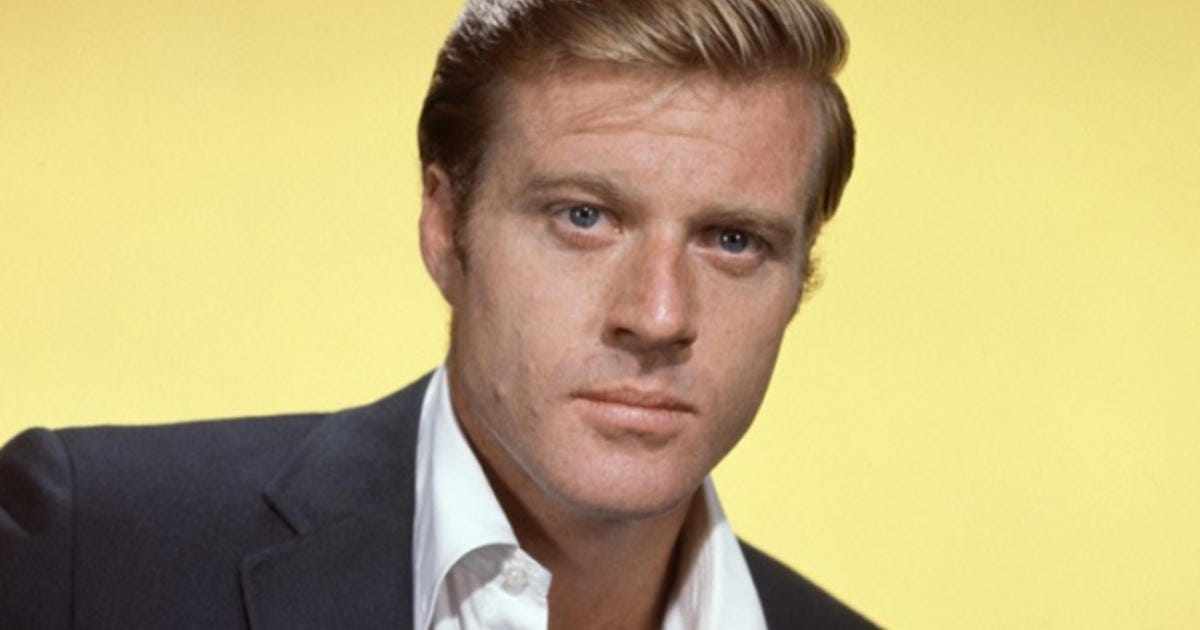


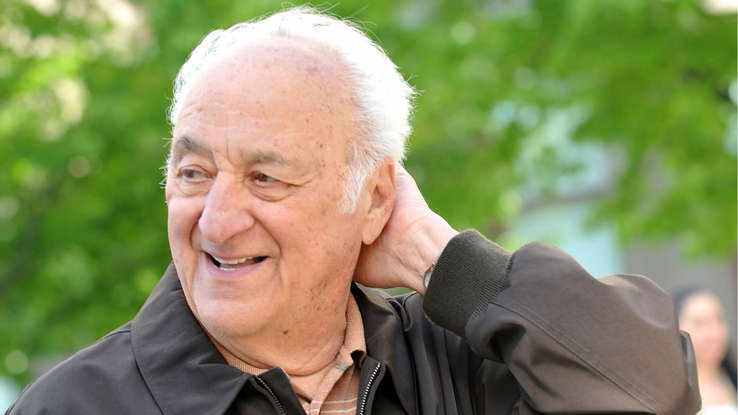
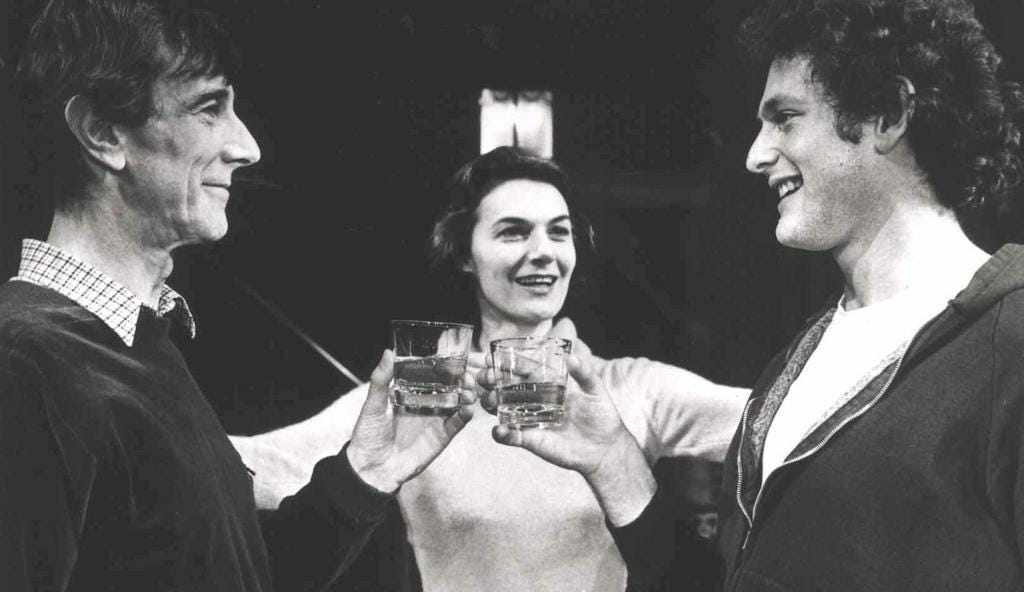





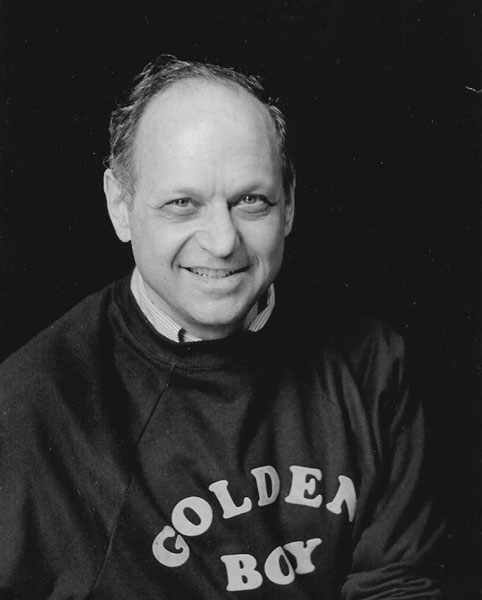




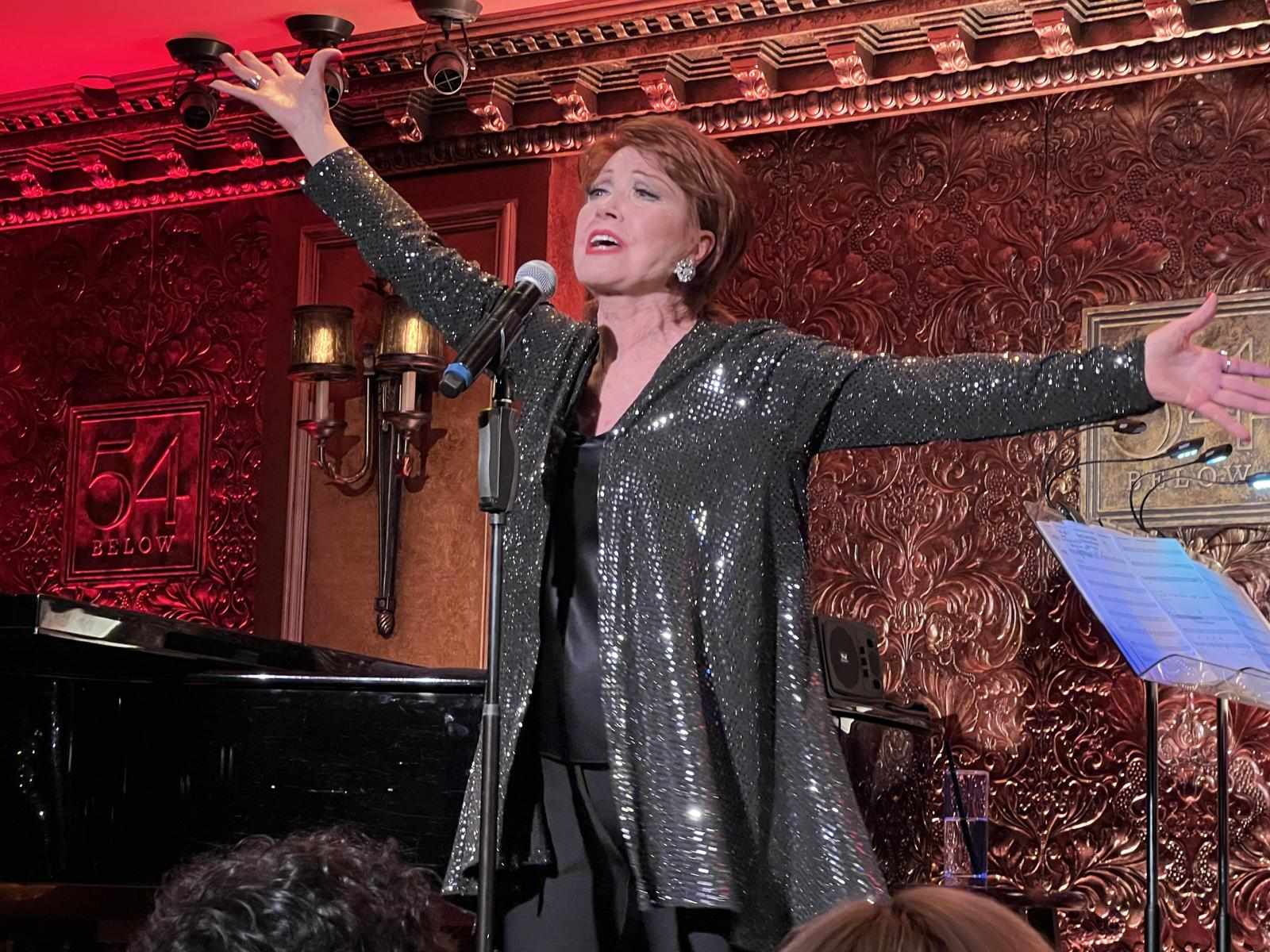


Write a comment ...